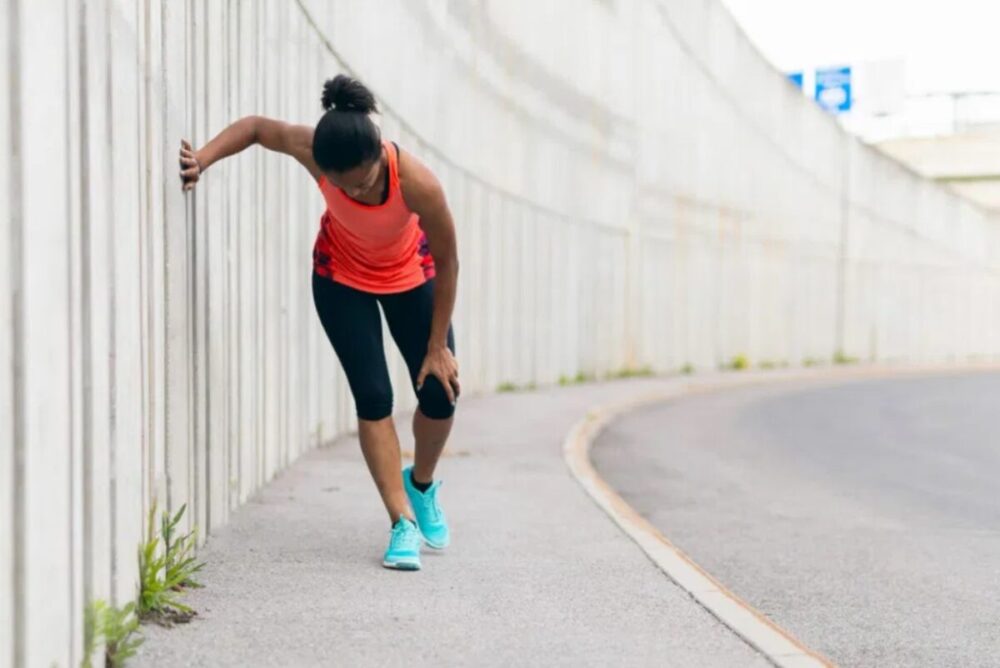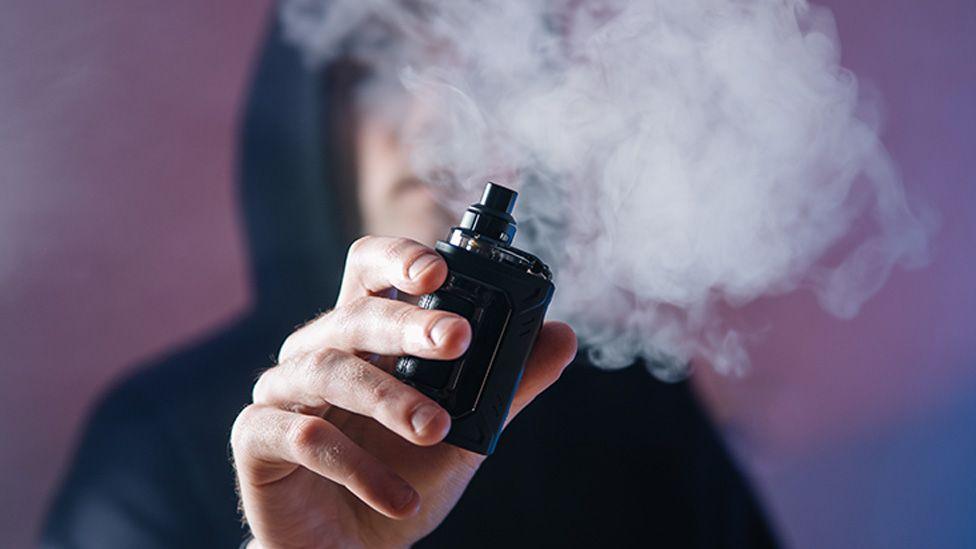Regular exercise offers an array of health benefits. Nearly 80% of Americans maintain their physical health by running regularly. Though running is beneficial, it could cause pain or injuries like a torn muscle or a sprained ankle. Often runners may feel aches, a lingering soreness or twinges.
The knees, feet, and legs are the most common injury areas. According to PlantarFasciitisRunner.com, about 60% of runners experience injuries that prevent them from continuing their regular running routine. It is important to start with the right shoes that suit your foot, in order to avoid the occurrence of injuries. Even you can wear a knee brace once you start to experience knee pain or want to prevent a previous knee injury. You can buy best knee braces, straps, compression sleeves & supports from Aidfull.com
There are many other reasons runners are prone to injuries.
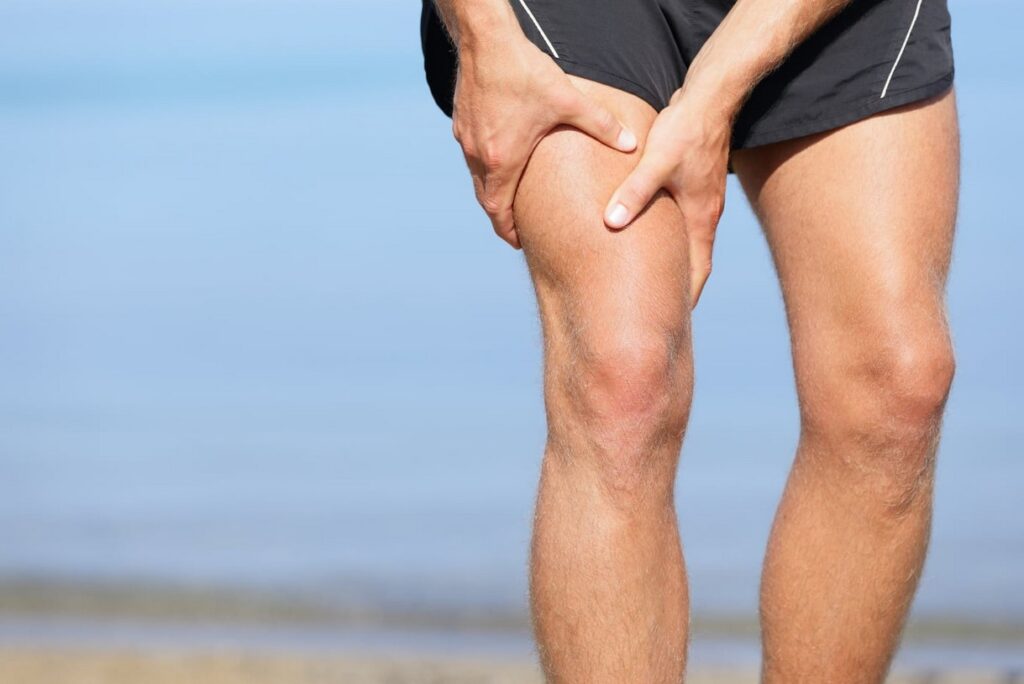
Causes of running injuries:
- Constant use of leg and foot muscles
- Improper running technique
- Inappropriate footwear
- Not giving your body sufficient time to recover from the soreness caused by the previous training session
- Postural and anatomical factors
- Muscle weakness and imbalance
- Prior injury
- Inadequate fitness
Importance of early diagnosis:
Some runners simply choose to ignore the pain and continue with their training, while others give their body the time to heal before resuming their training schedule. Some running-related pain can be due to a sudden increase in physical activity, while some injuries can be more serious, in which case it is recommended to diagnose it at the earliest.
- Manage pain: The pain intensity keeps increasing in scale if you don’t take the required treatment/ medication. If you are constantly experiencing pain, it is a good idea to get a diagnosis. There are several running injuries with some injuries that occur due to a particular training like hill running.
- Helps you understand what the cause of the pain is: Diagnosing such conditions would help you identify the cause of the pain, and you can make changes to your training accordingly to keep further potential injuries at bay.
- Avoid incorrect diagnosis: Some high-risk fractures can take weeks to diagnose and are more often misdiagnosed and mistreated in the early stages. But by that time you identify it, the condition can get more severe. Early diagnosis using X-rays and MRI helps to rule out certain serious running injuries.

Common running injuries:
Most runners would experience some sort of pain. If the pain is due to continued stress exerted on the muscles, it will pass away, but if the pain persists for more than a day, you’ll have to monitor it. If the pain lasts for about a week, it can be due to any of the following conditions.
-
- Runner’s knee: Resulting due to overuse of muscles, this result as a result of knee misalignment. Early diagnosis prevents wearing down of knee cap. The symptoms include pain surrounding the knee cap area while ascending/ descending stairs, squatting, and sitting with knees bent for a long duration.
- Achilles tendinitis: Inflammation of the tendon may occur after a sudden increase in the intensity of your running. The symptoms include a dull pain in your lower leg, a warm feeling over the tendon, and swelling. You could risk rupturing your Achilles tendon if you don’t seek treatment in the initial stage.
- IT band syndrome: The iliotibial band of tissue stabilizes knees when a person walks or runs. Repetitive friction between this band and your leg bone can lead to IT band syndrome in those who possess tight IT band, weak abdominals, and gluteal muscles. The condition is accompanied by sharp pain just above the knee.
- Shin splints: Sudden increase in running volume can cause pain in the inner parts of the lower leg and along the shinbone. When left untreated it could lead to stress fractures.
- Hamstring injuries: Hamstrings are bands of tissue at the back of the thighs. Distance runners who have tight or weak hamstrings are more prone to a hamstring tear. The symptoms include weakness in your hamstring and pain in the backside of your upper leg.
- Stress fracture: Repetitive stress or impact can cause a minor crack in bone (usually in the shin/ feet) resulting in pain and discomfort around the area of the crack. The pain is mild in the first few days and gets worse with time. The symptoms include swelling, tenderness, and bruising in the affected area.
- Plantar fasciitis: Irritation or degeneration of the fascia, the thin layer of tissue at the bottom of the foot leads to a pain and burning sensation under your heel. Those who have weakness in their calves or muscle tightness are more prone to plantar fasciitis. It can be prevented by wearing specialized Protalus inserts that provide support and stability.
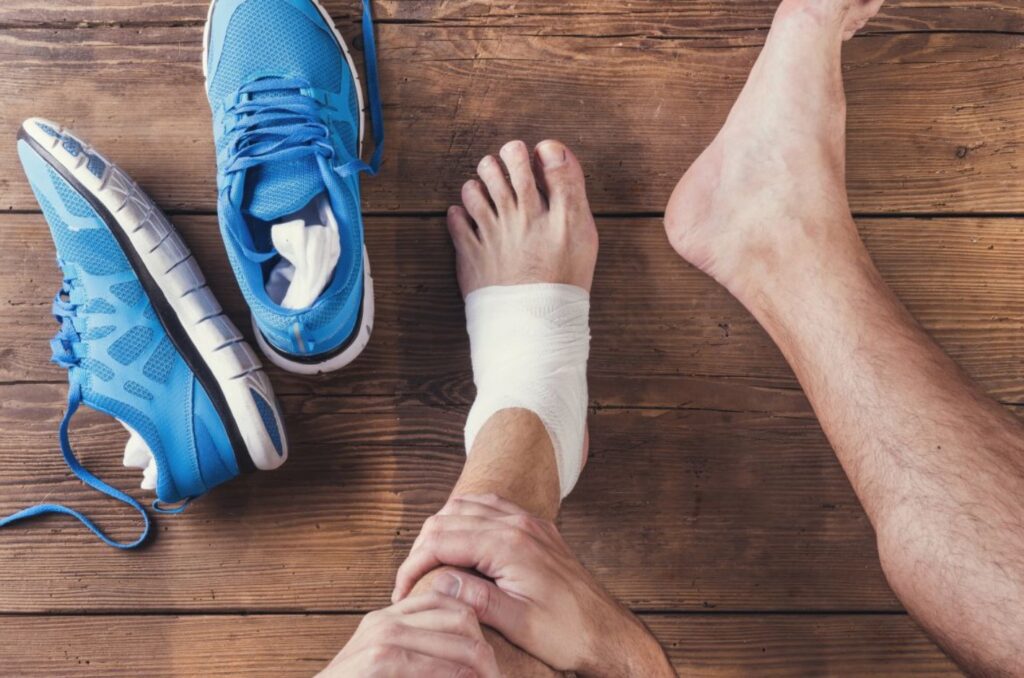
Treatment options for running injuries:
Depending on the seriousness of your injury, your doctor would prescribe anti-inflammatory drugs, recommend exercises or physical therapy sessions. If you are experiencing pain while walking or running, it is best to consult with a doctor. If you are looking for a reputable sports medicine clinic in NYC, you should visit the NYDNRehab Website.
Several runners opt for their 3D gait analysis. The test helps the physical therapists to identify the runner’s gait patterns and faults. Then they create a customized running retraining program, thus assisting the runner to improve his/her performance. Several running injuries can be diagnosed by using their testing methods.
Running injury prevention tips:
- Start with a warm-up. Do stretches or arm and leg swings for 5 to 10 minutes.
- Increase your running volume – not more than 10% at a time
- Learn the right running techniques
- Practice stability exercises to strengthen your hips
- Run-on soft surfaces like grass and sand to exert less pressure on your joints
- To avoid the repetitive impact of running, add low-impact workouts like swimming or cycling to your training schedule.
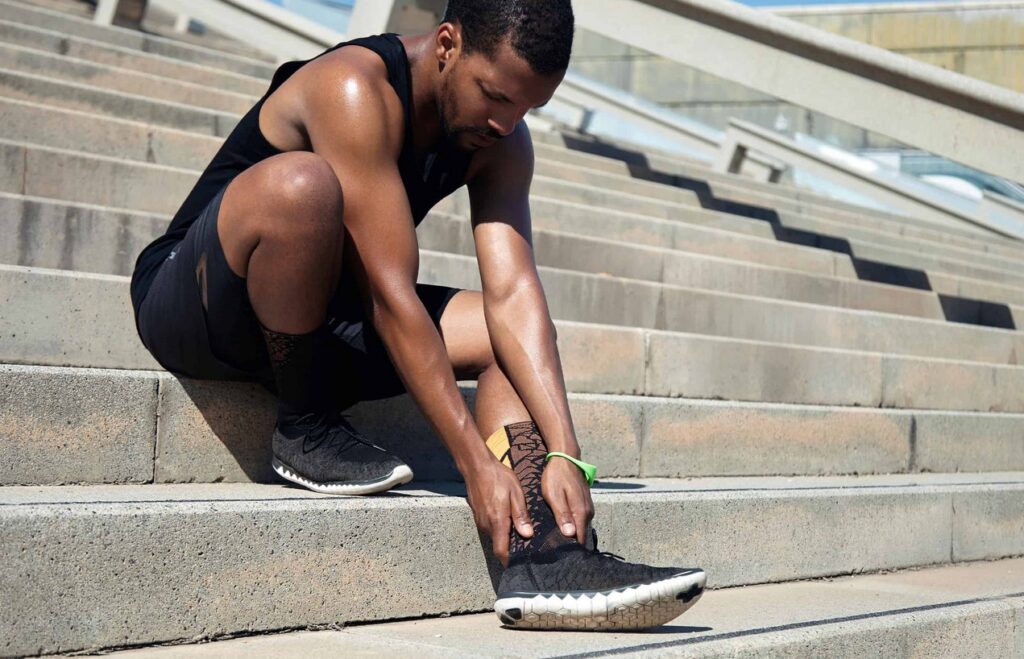
Running injuries are quite common. Early diagnosis helps you rule out other serious injuries and helps you recover in a short duration. Listen to your body and take a break from training to let your body heal.

